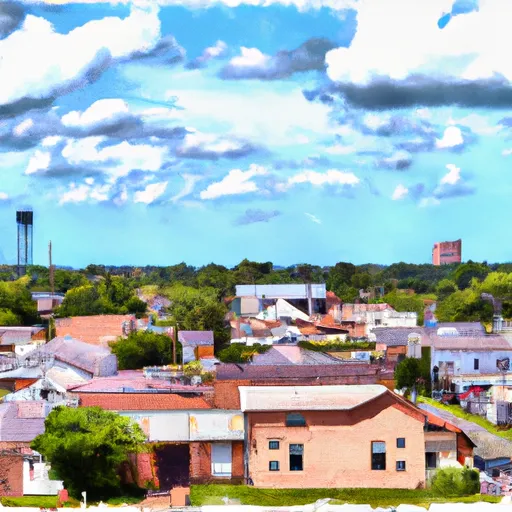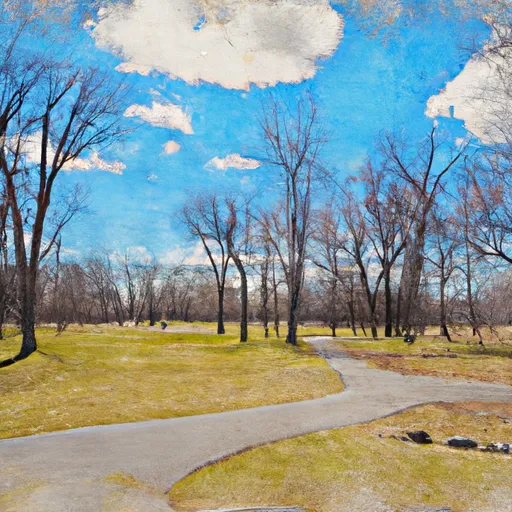°F
°F
mph
Windspeed
%
Humidity











Sarepta is a small town located in Webster Parish, Louisiana. The climate in Sarepta is classified as humid subtropical, characterized by hot, humid summers and mild winters. Summers often see temperatures reaching the high 90s °F (around 35 °C), while winter temperatures can drop to the mid-30s °F (around 1-2 °C). The area experiences moderate rainfall throughout the year, with the wettest months typically being May and October.
Hydrologically, Sarepta is situated near several bodies of water, including Lake Bistineau and Bayou Dorcheat. These natural features provide opportunities for various outdoor recreational activities. Lake Bistineau, a popular fishing spot, is home to a wide variety of fish species such as largemouth bass, crappie, and catfish, making it a haven for anglers. Kayaking and canoeing are also popular on the lake, allowing visitors to explore its scenic beauty and observe wildlife.
Additionally, Bayou Dorcheat offers opportunities for boating, fishing, and birdwatching. With its diverse aquatic and avian life, outdoor enthusiasts can enjoy a peaceful and serene experience. The surrounding natural areas provide ample opportunities for hiking, picnicking, and camping, making Sarepta an excellent destination for nature lovers and outdoor enthusiasts.
Weather Forecast
Sarepta receives approximately 1314mm of rain per year, with humidity levels near 78% and air temperatures averaging around 18°C. Sarepta has a plant hardyness factor of 8, meaning plants and agriculture in this region tend to thrive here all year round.
Regional Streamflow Levels
5
Cubic Feet Per Second
26
Cubic Feet Per Second
299
Cubic Feet Per Second
35
Cubic Feet Per Second
Nearby Camping
| Camping Area | Reservations | Toilets | Showers |
|---|---|---|---|
| Harmon Lake Dam - Barksdale AFB | |||
| Sam Houston Jones State Park | |||
| Intracoastal Parish Park | |||
| Hodges Gardens State Park | |||
| Barksdale AFB Military | |||
| Toledo Bend Military |



